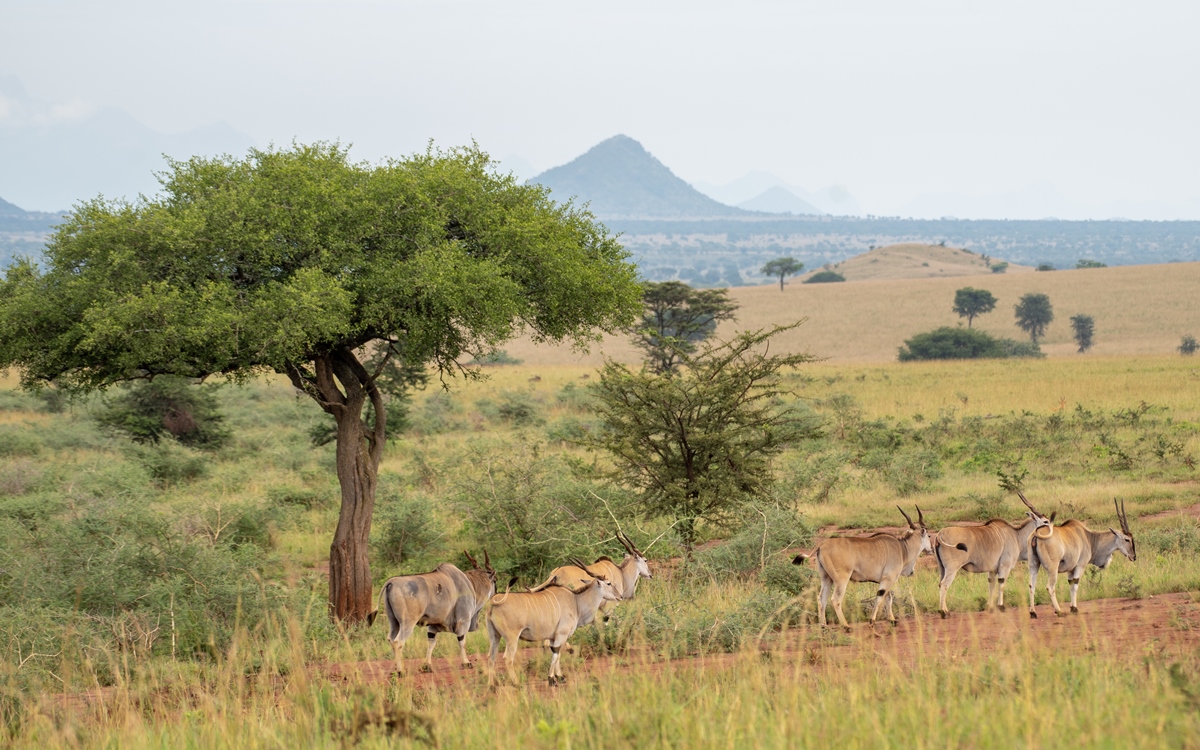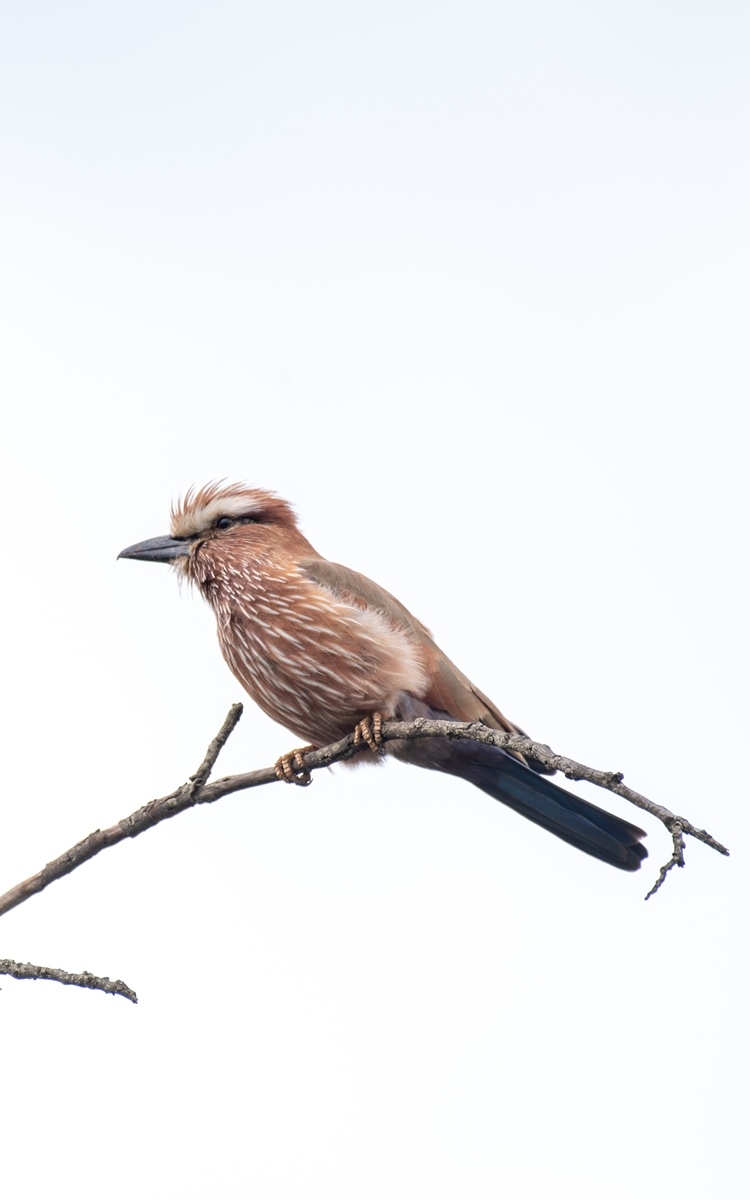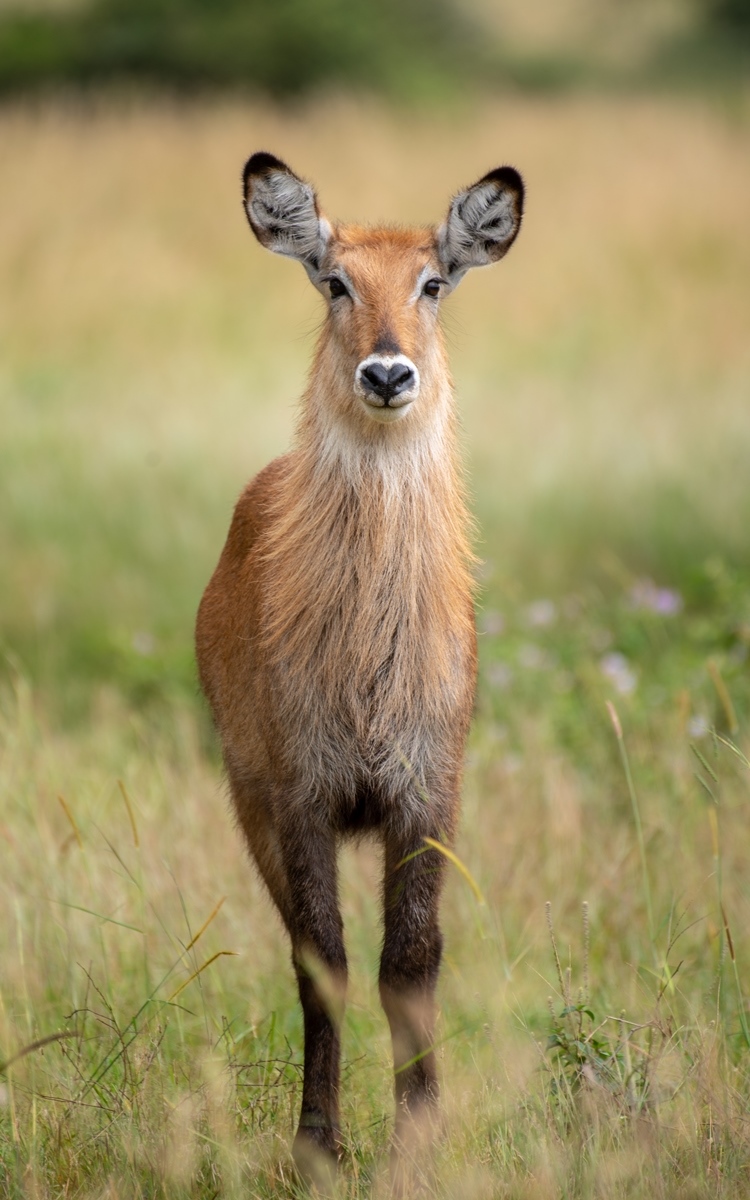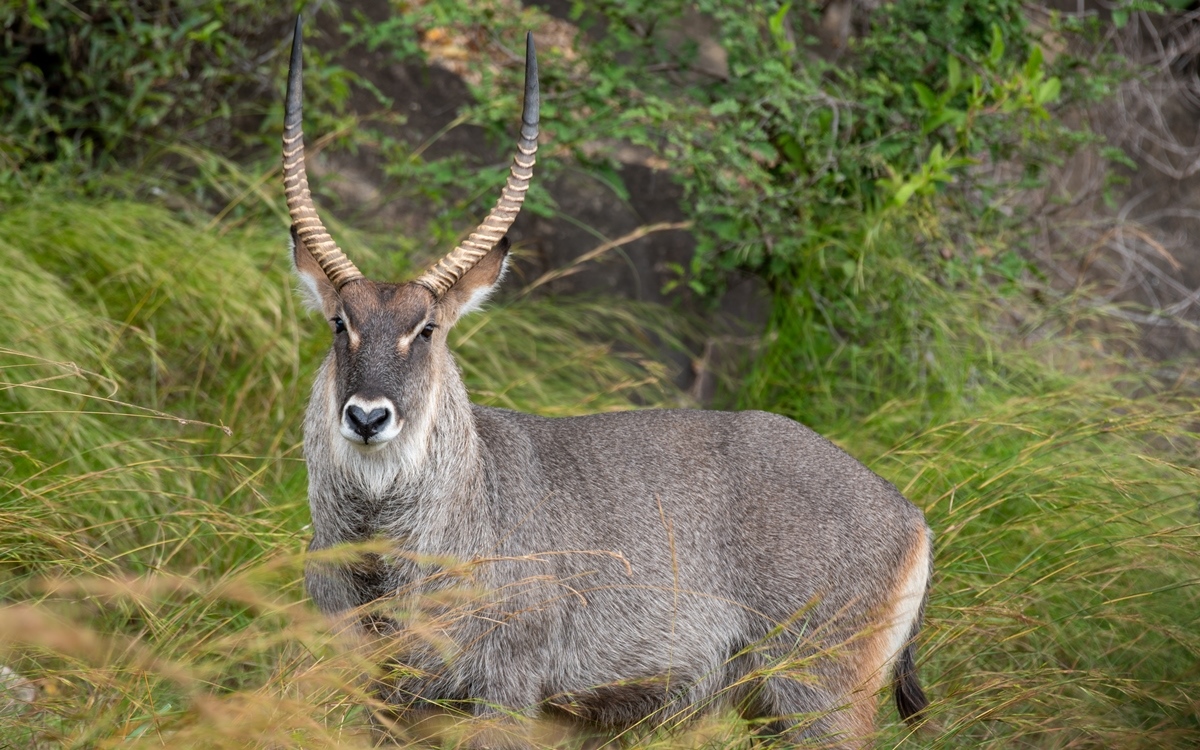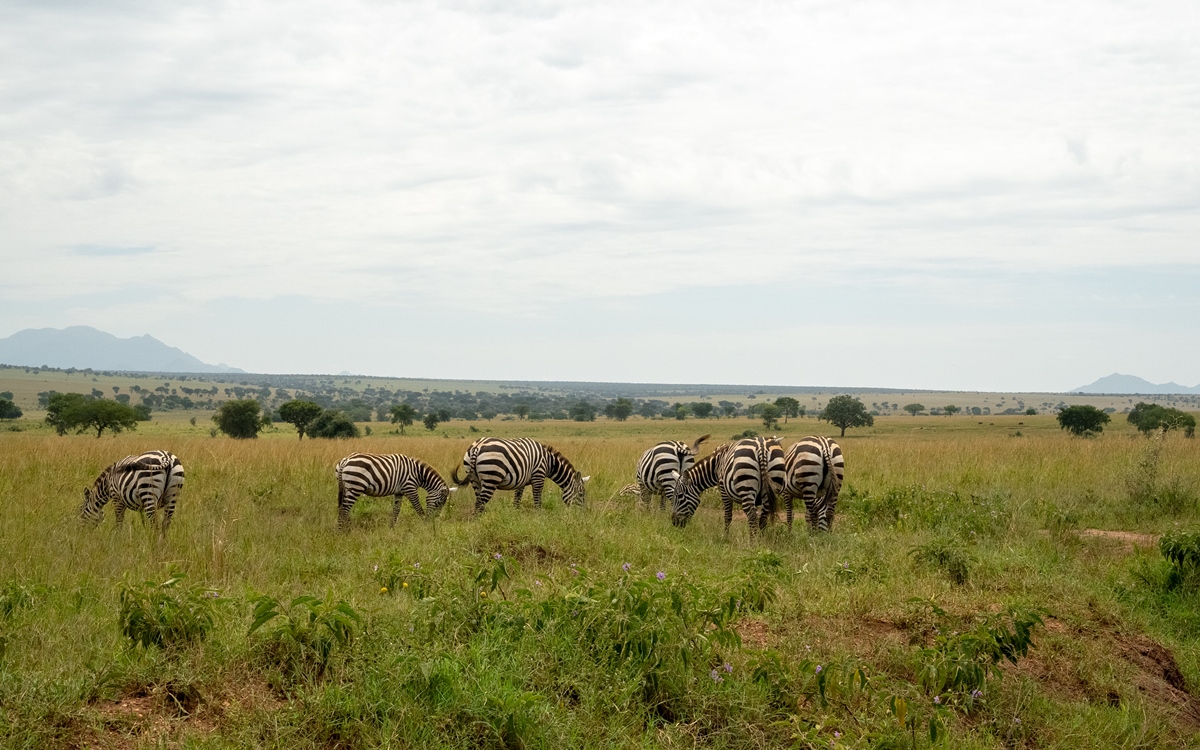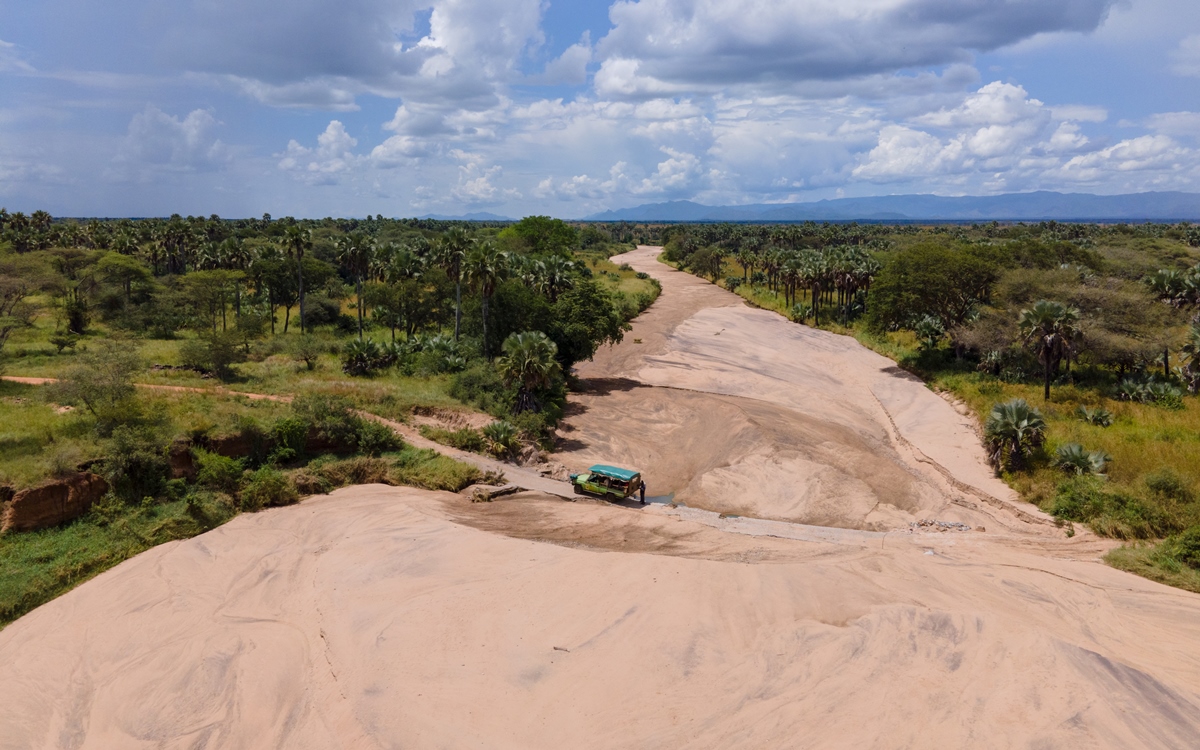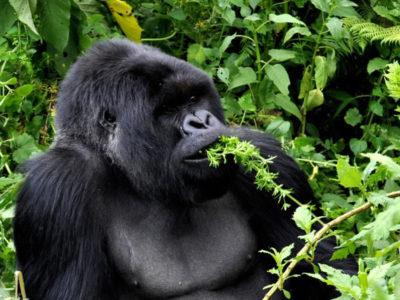Kidepo Valley National Park, Uganda
Kidepo Valley National Park in Uganda also know as Kidepo National Park lies in the rugged, semi arid valleys between Uganda’s borders with Sudan and Kenya, some 700km from Kampala.
Gazetted as a Uganda national park in 1962, Kidepo has a profusion of big game and hosts over 77 mammal species as well as around 475 bird species.
Kidepo Valley National Park is Uganda’s most isolated national park, but the few who make the long journey north through the wild frontier region of Karamoja would agree that it is also the most magnificent, for Kidepo ranks among Africa’s finest wildernesses.
From Apoka, in the heart of the park, a savannah landscape extends far beyond the gazetted area, towards horizons outlined by distant mountain ranges.
During the dry season, the only permanent water in the wildlife park is found in wetlands and remnant pools in the broad Narus Valley near Apoka.
These seasonal oases, combined with the open, savannah terrain, make the Narus Valley the park’s prime game viewing location on a safari in Uganda North Eastern Region.
Kidepo Valley National Park, Uganda at a Glance
Park Size: 1,442km2
The Kidepo Valley National park’s altitude ranges between 914m and 2,750m above sea level.
The park contains two rivers – Kidepo and Narus – which disappear in the dry season, leaving just pools for the wildlife.
The local communities around the park include pastoral Karamojong people, similar to the Maasai of Kenya, and the IK, a hunter-gatherer tribe whose survival is threatened.
History of Kidepo Valley National Park, Uganda
Dodoth pastoralists and Ik farmers lived in the area before it was gazetted as a game reserve by the British colonial government in 1958. The purpose was both to protect the animals from hunting and to prevent further clearing of bush for tsetse fly control. The game reserve was converted into the Kidepo Valley National Park in 1962.
The first Chief Warden of the National Park was Ian Ross, a Briton. In 1972 Paul Ssali, a Ugandan, replaced him. Their handover and training was the subject of the 1974 American documentary film, "The Wild and the Brave."
Geography and Climate of Kidepo Valley National Park, Uganda
The park consists of the two major valley systems of the Kidepo and Narus Rivers. The valley floors lie between 910 m and 1,200 m above sea level.
Kanangarok is a tepid hot spring in the extreme north of the Park, beside the South Sudanese boundary. This spring is the most permanent source of water in the park. The park predominantly has clay soils although in the Kidepo Valley, black chalky clay and sandy-clay loam predominate, while the Narus Valley has freer-draining red clays and loams.
Kidepo Valley National Park’s climate is divided into one short wet season and a long dry spell. The wet season falls between April and October and the dry season fills the remainder of the year. On average 800 mm of rain is received annually. The dry season is characterised and dominated by very hot north-easterly monsoon winds which results in extreme drought with no green vegetation. At this point temperatures can reach over 40 degrees Celsius and average 30 degrees Celsius. Water is primarily a temporary phenomenon, flowing only during the wet season. However, throughout the length of the Narus River Valley, surface water flow alternates to subterranean flow and emerges at few permanent water points throughout the year. The climate can be summarised as arid but changes to semi arid towards the Narus Valley, which is the only region of the park containing water during the dry season.
The relief of the park rises dramatically from 900-1200m above sea level. on the border with Sudan, to 2750m above sea levell. at the top of the forested mountains of Morungole and Zulia. It comprises of semi-arid plains intersected with hills, rocky out crops and mountain ranges. Two great valley systems divide the park into almost two equal parts. The Narus Valley in the south and west of the park occupies one third of the park and is much favoured by wildlife due to the permanent availability of water. The Kidepo valley system in the east and north-east occupies the remaining two thirds of the entire park. Nyangea-Napore hills and Morungole and Zulia hill ranges hold the sources of most rivers in Karamoja, including River Nalakas and River Kidepo.
Climate and When to Visit Kidepo Valley National Park, Uganda
The annual rainfall is 800mm a year. The long rainy season runs from February to June and short rains last from September to December, leaving just three dry months. The rains are rather erratic, though the wettest months are usually April and November. July and August are the hottest months. The average temperature is 27.5°C with daily variations from 21.5°C to 34°C.
The best time for game viewing is the dry season when animals are concentrated near water points. During the rainy seasons, animals disperse from the valleys, moving to higher, drier ground where they are not so easily seen.
Biodiversity of Kidepo Valley National Park, Uganda
The vegetation of the park can be categorised into four associations; the Narus Valley contains grey-haired acacia (Acacia gerrardii) savannah woodland that emerges in the south and into a fire climax grassland, tree and shrub steppe and slowly graduates into bush lands with forests on the higher mountain slopes. The borassus palms (Borassus spp.) follow ridges that are associated with water and sand alluvial soils, and are common along the major rivers of Kidepo, Lopirpir and Kulao. Much of the park is composed of open savannah grassland, dominated by a mixture of acacia and other perennial grasses, such as Themeda, Chloris, Panicum and Seteria species. Dry thickets composed of numerous short trees and shrubs also common. This vegetation is usually dry for more than a half of the year and antelopes such as Guenther’s dik-dik (Madoquaguentheri), which is found nowhere else in Uganda, are common in such habitats.
KidepoVally National Park has high biodiversity, with at least 86 mammal species, 475 bird species and 692 plant species, second only to Queen Elizabeth NP in terms of its known plant diversity and third behind Queen Elizabeth and Murchison for its mammal and bird diversity. Twenty-eight of the 86 species of mammals in KVNP are not found in any other of Uganda’s national parks. Some of the animals unique to this park include striped hyaena (Hyaenahyaena), aardwolf (Protelescristata), caracal (Caracal caracal), cheetah (Acinonyxjubatus), greater and lesser kudu (Tragelaphusstrepsiceros and Ammelaphusimberbis), klipspringer (Oreotragusoreotragus), dik-dik, Bright’s gazelle (Nangergrantibrighti) and Chandler’s mountain reedbuck (Reduncafulvorufulachandleri). The beisaoryx (Oryx beisa) and the roan antelope (Hippotragusequinus) are believed to have been extirpated from the region. African wild dogs (Lycaonpictus) have been observed to come into the park from Sudan occasionally but are not resident in the park. Many of the other large mammals found elsewhere in Uganda such as African elephant (Loxodontaafricana), zebra(Equus spp.), buffalo (Synceruscaffer), waterbuck (Kobus ellipsiprymnus), Jackson’s hartebeest (Alcelaphusbuselaphusjacksoni), lion (Pantheraleo), leopard (Pantherapardus), and both black-backed and side-striped jackal (Canismesomelas and C. adustus), are found here.
The park is outstanding for its birds of prey, of which 58 species have been recorded including lammergeier (Gypaetusbarbatus), Verreaux’s eagle (Aquila verreauxii), the pygmy falcon (Polihieraxsemitorquatus), and Egyptian vulture (Neophronpercnopterus). Fourteen raptors are unique to this park in Uganda. Of the hornbills (Bucerotidae) which are characteristic of the savannah habitat, five species are represented. Some of Africa’s rarest and most sought after birds occur in KVNP, including the theKaramojaapalis (Apaliskaramojae) and black-breasted barbet (Lybiusrolleti).
The Narus valley is very important for the elephants in the park and also holds a population of Nile crocodiles (Crocodylusniloticus), which, during the dry season, is restricted to a 10 km long section of the Narus River that retains water intermittently in depressions or pools. Perhaps due to limited availability of food, water and space, the crocodiles have a diminutive size with a maximum length of 2.5 m. (Nile crocodiles regularly exceed 4m in other parts of the species range).


